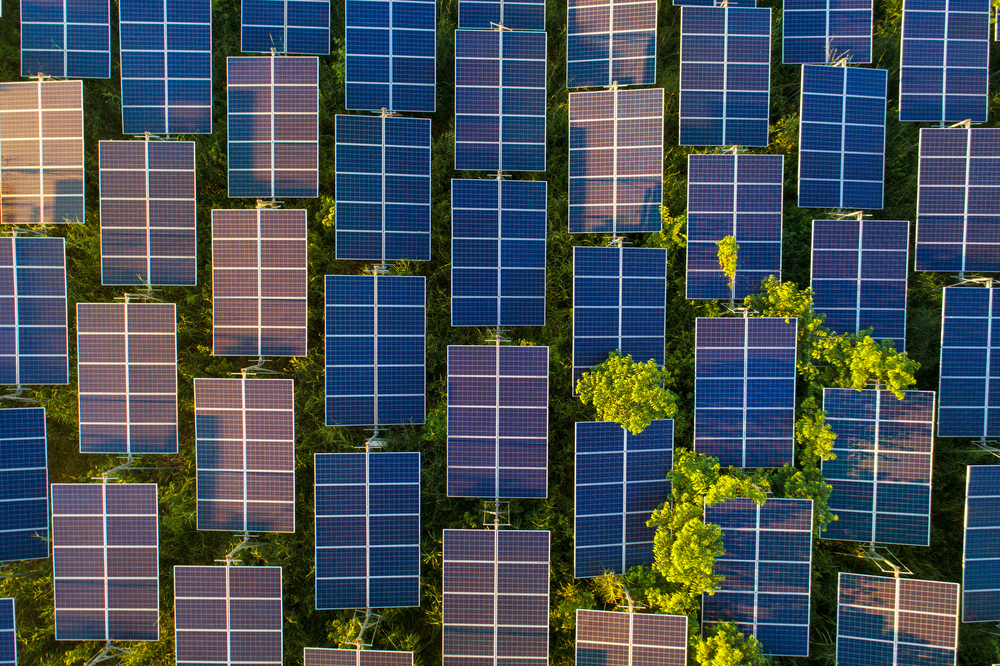
The industry faced tailwinds as well, including raw material cost inflation, supply chain issues, and political tensions which have slowed the pace of growth and profitability in certain subsectors.
Against this backdrop, the Guinness Atkinson Funds SmartETFs Sustainable Energy II Fund (SOLR) has seen improved cash return expectations as compared to 12 months ago. SOLR delivered a total return of 12.07% versus the MSCI World Index’s net return of 21.80%, as of the end of 2021, according to the firm.
SOLR continues to offer broad exposure to companies that are well-positioned to benefit from an energy transition that will gather pace through the remainder of this decade.
On the supply side of the energy transition, the International Energy Agency (IEA) is forecasting that renewable power additions over the coming five years will be just over 1,800 GW, a near 50% increase over its previous five-year forecast published 12 months earlier. The increase is driven by a further reduction in the levelized cost of electricity for renewables, according to the firm.
The IEA has described solar power as “the cheapest electricity in history,” and, despite near term headwinds and cyclical cost inflationary factors, large-scale solar remains at the bottom end of the cost curve, according to the firm.
Globally, solar installations are expected to grow in 2022 by over 20%, led by China, India, the Middle East, and other parts of Asia. It is likely that poly-silicon prices have peaked, bringing cost relief for cell and module manufacturers, according to the firm. Meanwhile, the outlook for solar in the U.S. this year is less certain due to stimulus spending, net metering, and Chinese import issues.
Energy efficiency is expected to continue to receive a good proportion of post-COVID stimulus spending, with a continued focus on buildings, the firm said, expecting an acceleration in the penetration of LED lighting, insulation, and heat pumps, as well as a focus on grid and transmission upgrades. The IEA estimates that to meet current government policies, energy efficiency spending needs to increase from a recent average level of around $250 billion per annum to around $375 billion this decade and nearly $550 billion in the 2030s.
SOLR traded on a 2022 P/E ratio of 24.1x, as of the end of 2021. Consensus EPS growth (2021-2023E) of the ETF (at 21.3%pa) is well ahead of the MSCI World (at 13.5%pa), the firm said, expecting that the ETF is likely to deliver average earnings growth that is comfortably ahead of growth in the MSCI World over the next five years.